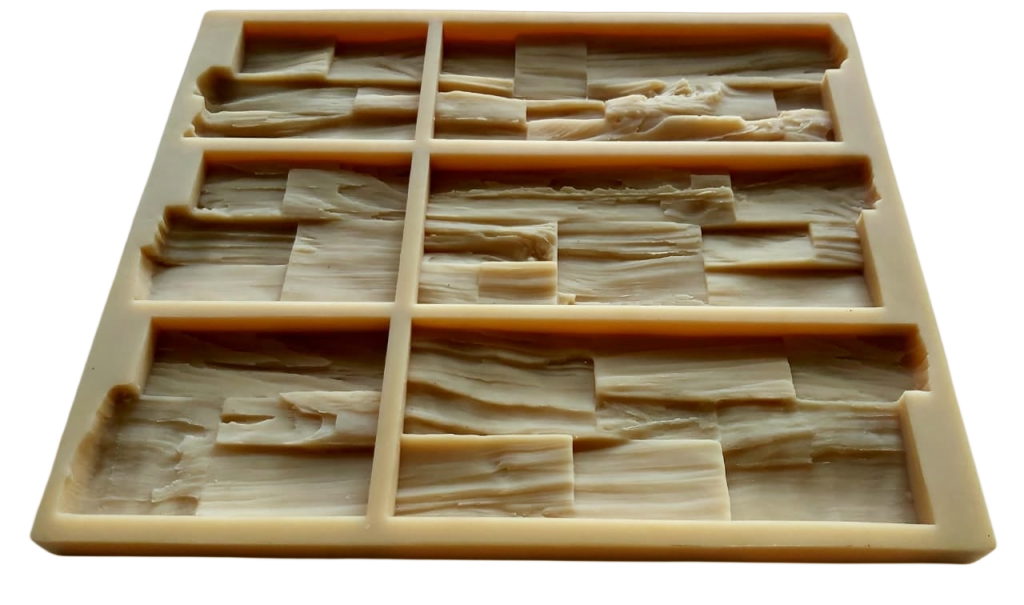Polyurethane is a versatile material that has found its way into various applications, from furniture finishes to automotive components. One of the frequently asked questions about polyurethane molding is its water resistance. This article delves into the waterproofing capabilities of polyurethane molding and its implications.
1. The Nature of Polyurethane
Polyurethane is a polymer that is formed by the reaction of a polyol with an isocyanate. The resulting material can be tailored to be either rigid or flexible, depending on the formulation. Due to its chemical structure, polyurethane inherently possesses a certain resistance to water.
2. Waterproof vs. Water-Resistant
It’s essential to distinguish between “waterproof” and “water-resistant.” A waterproof material is impervious to water, regardless of how long it remains in contact with it. In contrast, a water-resistant material can repel water to a certain degree but might not entirely prevent its penetration over prolonged exposure.
Polyurethane molding, in general, is water-resistant. It can repel water and prevent its penetration to a significant extent. However, whether it can be deemed entirely “waterproof” depends on its formulation and application.

3. Factors Influencing Water Resistance
Several factors can influence the water resistance of polyurethane molding:
Formulation: The specific formulation of the polyurethane, including the types of polyols and isocyanates used, can affect its water resistance. Some formulations are designed to be more water-resistant than others.
Thickness: The thickness of the molded polyurethane part can also play a role. A thicker section might offer better resistance to water penetration than a thinner one.
Additives: Certain additives can enhance the water resistance of polyurethane. For instance, hydrophobic agents can be added to the formulation to repel water more effectively.
4. Applications Benefiting from Water Resistance
The water-resistant nature of polyurethane molding makes it suitable for various applications:
Outdoor Furniture: Polyurethane coatings can protect wooden furniture from moisture, extending its lifespan.
Sealants: Polyurethane sealants are used in construction to seal joints and gaps, preventing water intrusion.
Automotive Components: Many car parts, especially those exposed to the elements, benefit from the water resistance of polyurethane.
5. Conclusion
Polyurethane molding is inherently water-resistant, making it a preferred choice for many applications exposed to moisture. While it offers significant protection against water, whether it’s entirely waterproof depends on its specific formulation, application, and other factors. When considering polyurethane for a particular application, it’s essential to understand its water resistance capabilities and ensure it meets the specific requirements of the project.


